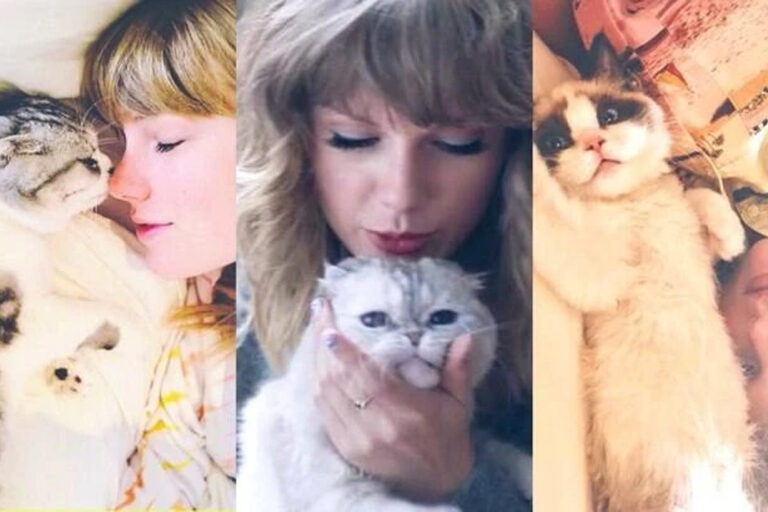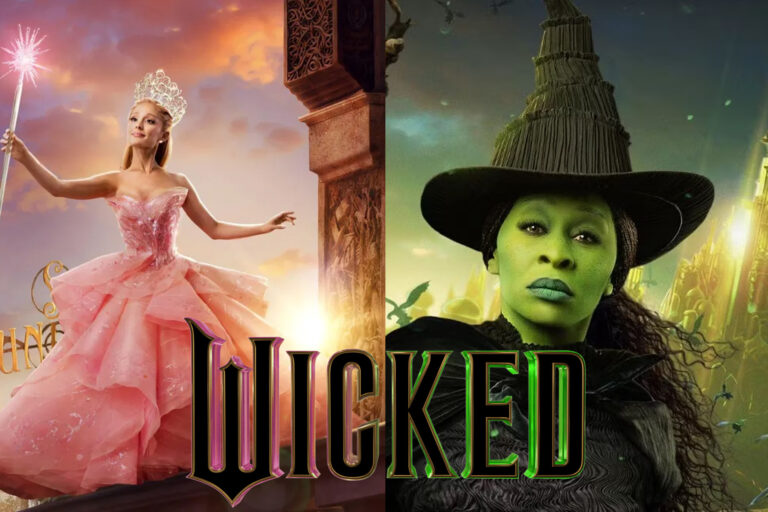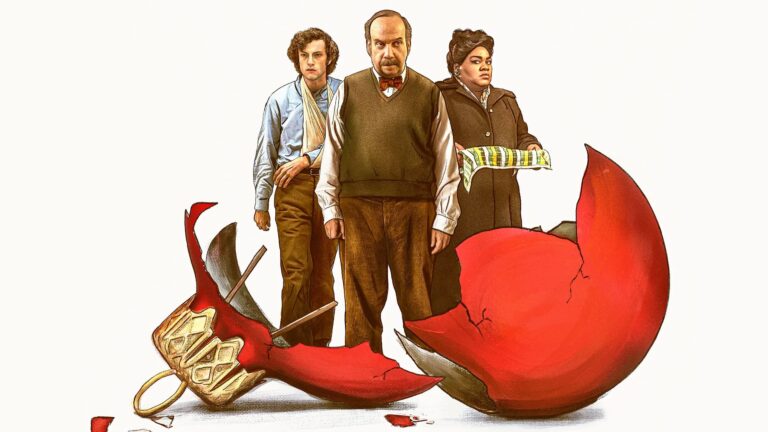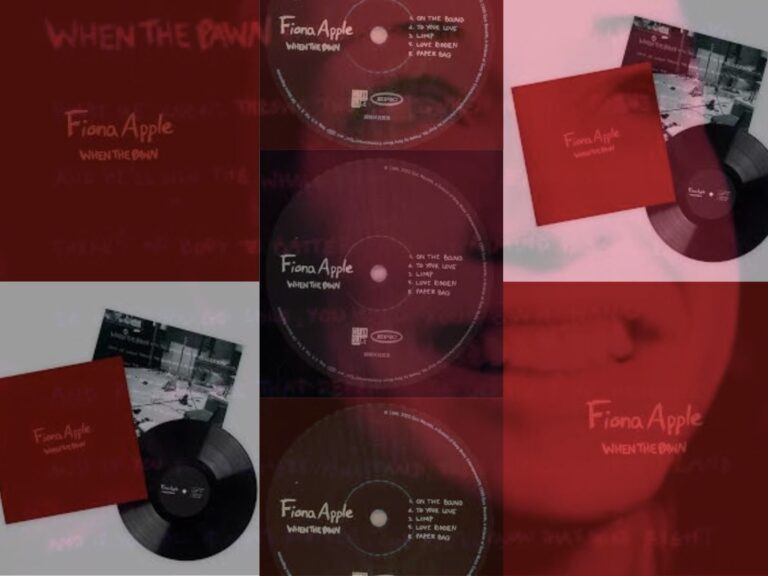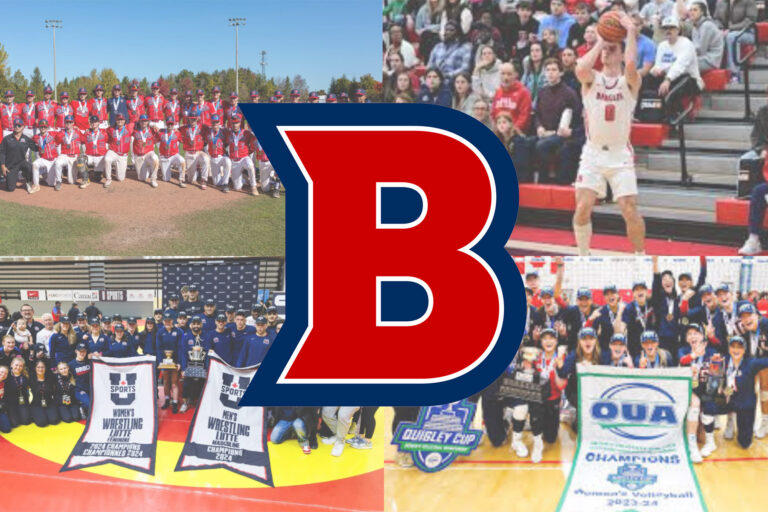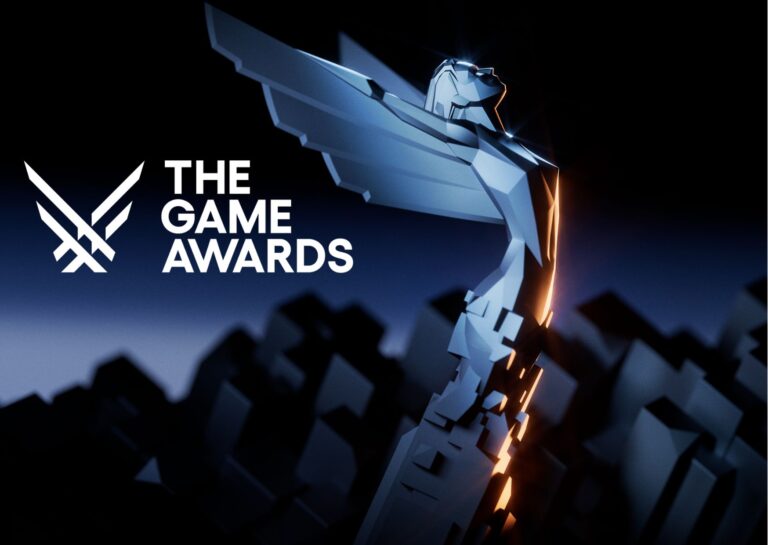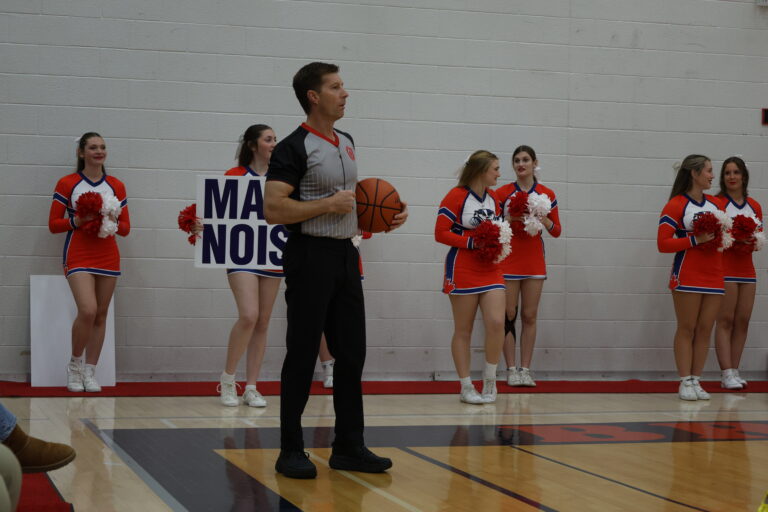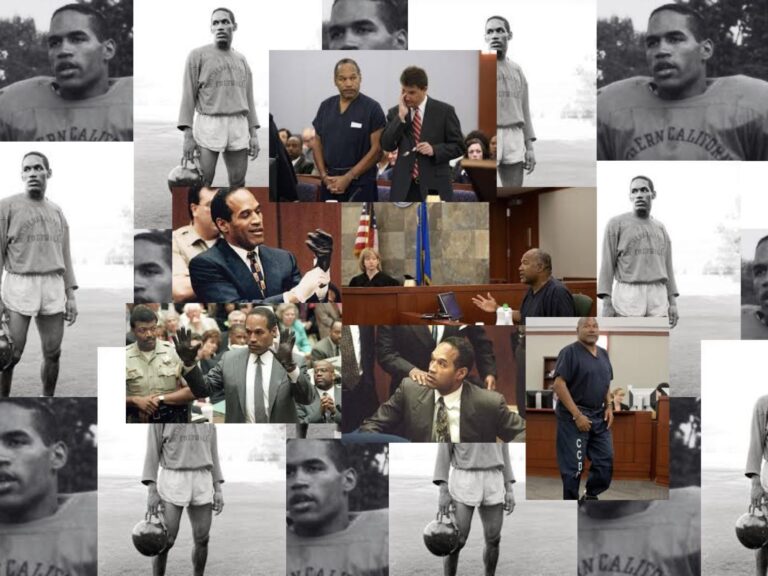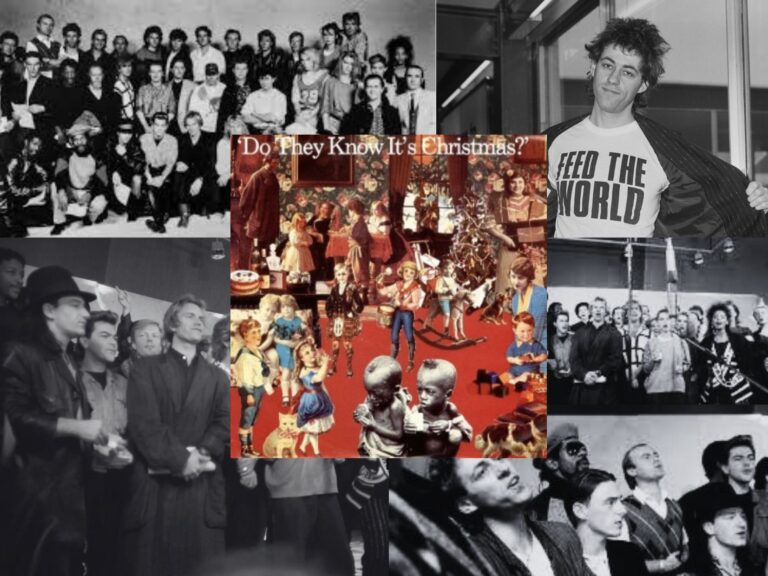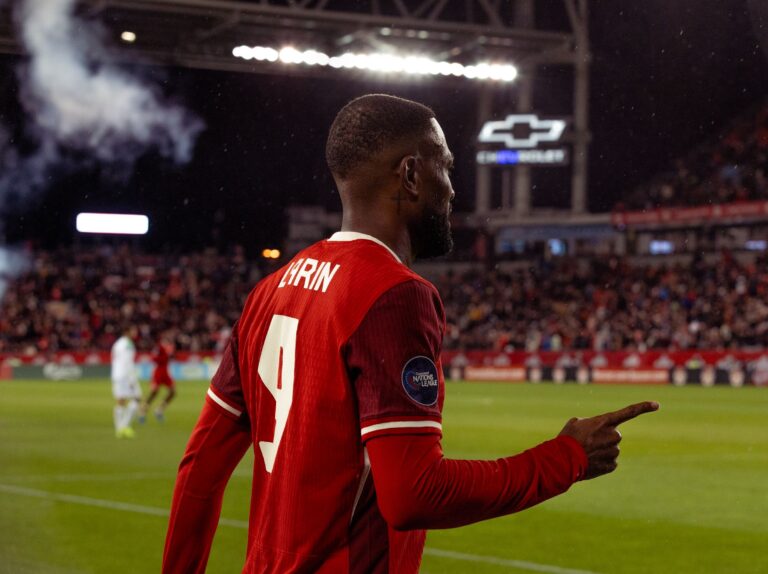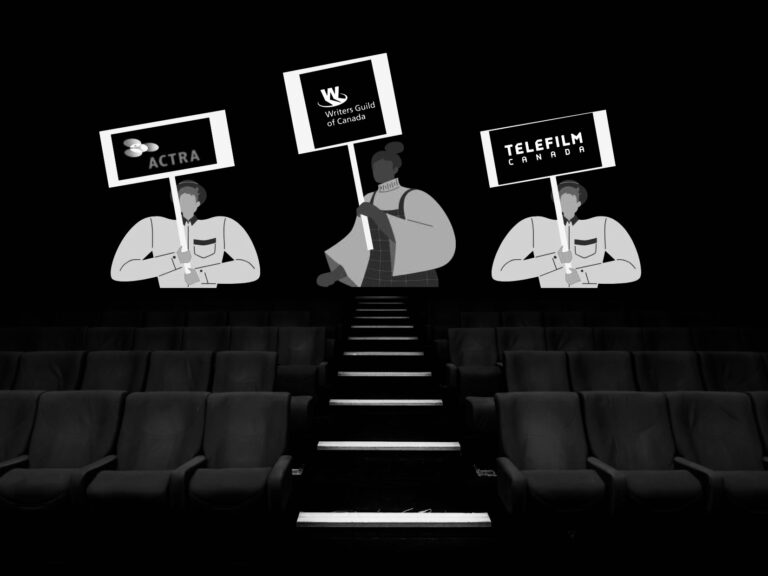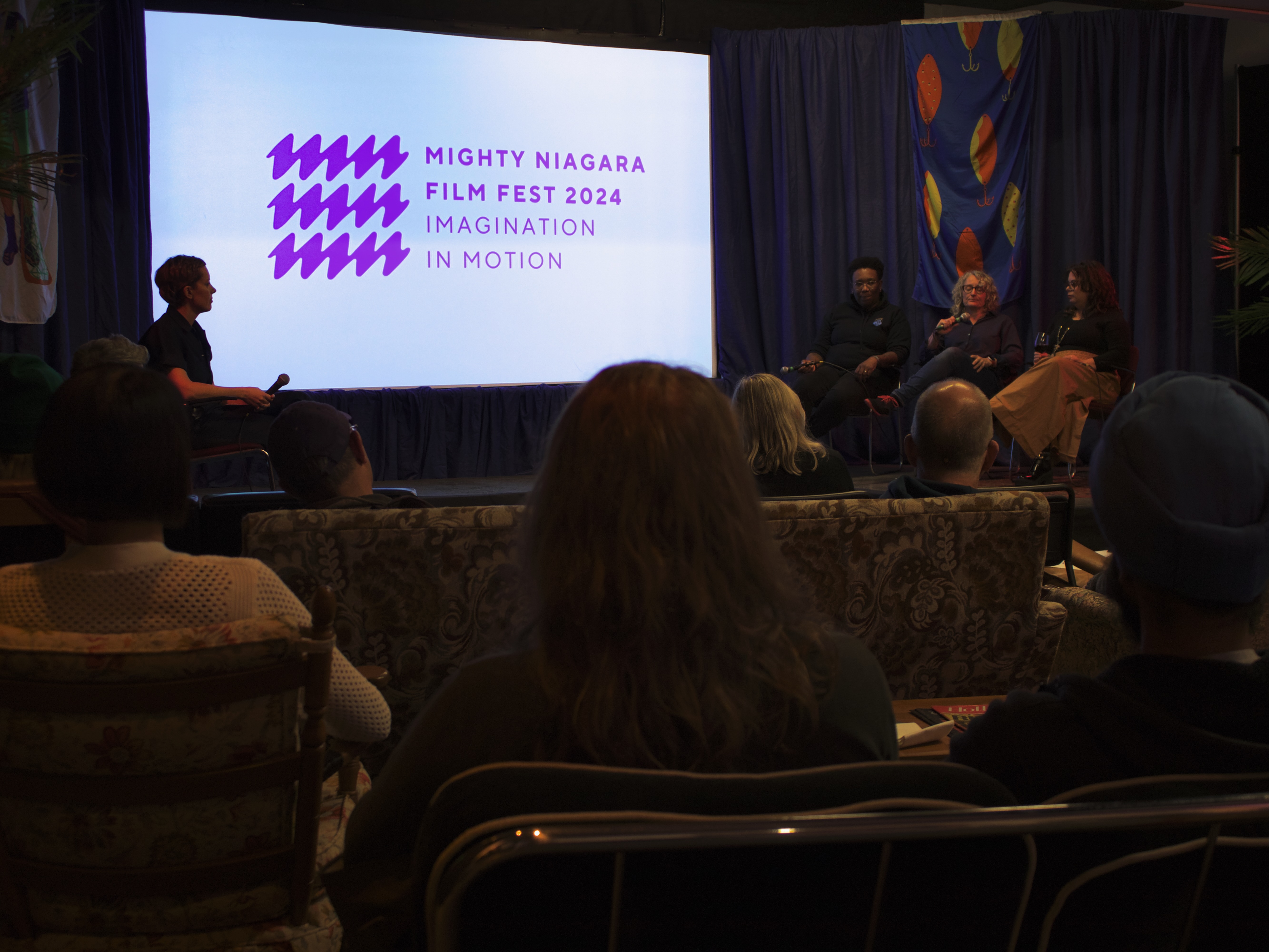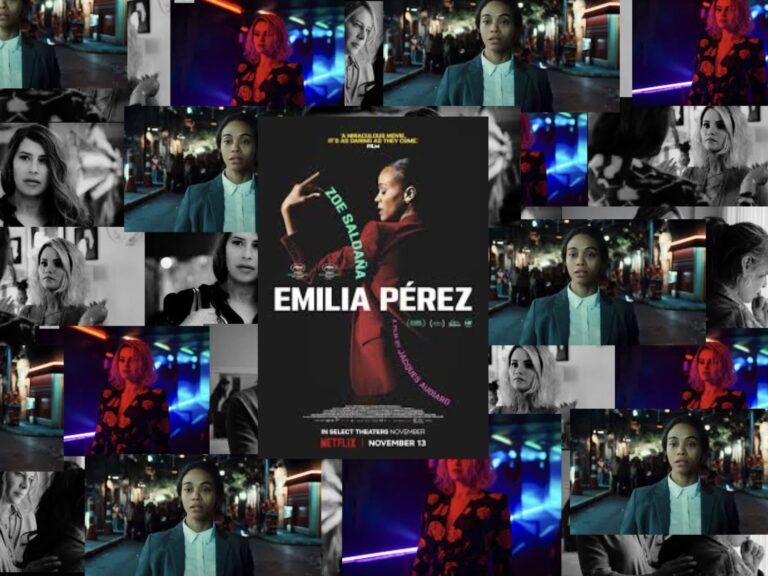It has been 25 years since Fiona Apple released her immensely popular sophomore album, When the Pawn… The collection of emotionally turbulent tracks that make up the album are just as impactful today as they were in 1999.
It’s no secret that alternative musician Fiona Apple shows a deeply intimate side of herself through her music. In a 1997 cover story for Spin following the release of her first album Tidal at just 18 years old, Apple described making music not as “a place you go” but “a place you get out of.”
“I’m underwater most of the time, and music is like a tube to the surface that I can breathe through. It’s my air hole up to the world. If I didn’t have the music I’d be underwater, dead,” said Apple.
Though Tidal conveys intimacy in its deeply introspective and thoughtful tone, When the Pawn… shows another side of emotional vulnerability: rage.
The album is deeply restless and angry, conveying the same emotions as kicking and screaming to exhaustion.
Whether it is the desperation to do the wrong thing — like pleading for the attention of a disinterested lover before quickly reverting to pushing everyone away — or the forced, sober realization that circumstances are often unchangeable in the realm of emotion, there is something so entirely cathartic about When the Pawn… that it is almost alluring.
The album works as a perfect follow-up to Apple’s famous acceptance speech at the 1997 MTV Music Video Awards, where she warned viewers that “this world is bulls**t.”
“You shouldn’t model your life about what you think that we think is cool and what we’re wearing and what we’re saying and everything,” said Apple.
Apple’s critique of the blind praise of the entertainment industry was a refreshing and honest take on stardom, and there was no doubt that her raw honesty would continue to bleed into her music as she refused to lose faith in her sound.
Even the album’s title strays from conventions. In place of a short overview of what one could expect from the mood of the album, Apple’s full title is a poem that, according to Spin, began as a “self-motivational message” Apple would say on stage during the Tidal tour as a response to press coverage — specifically regarding the original Spin cover story — of her newfound stardom.
“I read lots of articles… and I’ll go, ‘Oh I like that person,’ and then I’ll read the story again and think of the ways I could make the person look awful with the same things I’m given. It makes me want to get up on stage and start ranting,” said Apple.
The full title goes like this:
When the Pawn Hits the Conflicts He Thinks like a King
What He Knows Throws the Blows When He Goes to the Fight
And He’ll Win the Whole Thing ‘fore He Enters the Ring
There’s No Body to Batter When Your Mind is Your Might
So When You Go Solo, You Hold Your Own Hand
And Remember that Depth is the Greatest of Heights
And If You Know Where you Stand, then You Know Where to Land
And If You Fall it Won’t Matter, ‘cause You’ll Know that You’re Right
Apple’s lyrical cleverness shines through in When the Pawn… and it’s clear that every song is written with mystifying thought.
Apple has said that “it means a lot to [her]” that she writes her own songs, and introspection is evidently, inextricably linked with Apple’s work.
“People who don’t write their songs better be f**king really great performers and really have a f**king voice,” said Apple. “Otherwise, why are you there?”
Every track on When the Pawn… brings its own unique lyrical brilliance, fantastically matching the emotional instrumentals to cultivate the exact experience Apple is embodying through her music.
The album opens with “On the Bound,” a restless and angry track where the jaded speaker declares her emotional unrest, calling out the lack of clarity in her life and wishing for the return of her lost lover. The song opens with the speaker admitting that her “future’s on the bound” and that “hell don’t know [her] fury,” pre-emptively solidifying that When the Pawn… will bring something different than the softer dreamy sounds found on its predecessor, Tidal.
The song is filled with uncertainty surrounding her circumstances but finds a saving grace in someone she has lost. Repeated pleas of “you’re all I need” turn to belting chants as the track progresses, with the speaker realizing “some faith would do [her] good.”
The last minute-and-a-half of the song discards lyrics and uses pure instrumental sound to convey the speaker’s feelings. A mix of several different instruments come together in drastic highs and lows, signifying the constant ups and downs of emotions that cut to your core.
“To Your Love” follows, bringing an urgent sound with quick, persistent background notes and lyrics outlining a cognisant resistance to another’s admiration.
The track, thinly veiled in an album surrounding heartbreak, is not outright about romantic admiration but is more applicable to Fiona Apple’s conflicting experience in the spotlight.
The song begins as a warning that “To Your Love” will be “another speech you wish I’d swallow / another cue for you to fold your ears” and “another train of thought too hard to follow” for those seeking her closeness.
She asks whether the listener can “just deal it out / or can [they] deal with all that I lay down?” while she declares that she plans to remain distant and resistant to their claims of admiration over her.
As one of the shorter songs on the album, “To Your Love” maintains a steady, quick pace through the background drumming, yet is still able to convey the emotional whirlwinds the speaker is experiencing.
“Limp” slowly creeps in with singular piano notes that play on beat with the track as the speaker opens with the unsettling lines, “you wanna make me sick / you wanna lick my wounds / don’t you, baby?”
This track embodies rage: as intense, layered instrumentals play in the background, Apple’s lines cut like knives. Exemplifying Apple’s tremendous storytelling skills, Apple paints a picture of the realities of unhealthy relationships as she warns her partner — who is referred to sweetly as “baby” — that they will face the consequences they deserve.
The speaker’s anger is loud and clear in cutting lines like, “no matter what I try / you’ll beat me with your bitter lies,” and, “standing on the sidelines, waving and grinning / you fondle my trigger, then you blame my gun.”
The next track, “Love Ridden,” abandons anger for the more vulnerable image of making a rational decision to leave a relationship when yearning to defy logic and blindly follow your emotions.
“Love Ridden” is one of the few songs on the album that could work in Tidal, as its sound almost entirely relies on the piano and Fiona’s voice.
The song paints an intimate picture of the suffering the speaker faces in her decision to leave her lover, with justifications that “[their] warmth… will only make [her] colder / when it’s over.”
Though she “wished on the lidded / blue flames under [their] brow” for the relationship to work out, the speaker realizes that she “stood too long in the / way of the door” and decides to give up on the connection.
The fan favourite “Paper Bag” comes next, in which the speaker ponders over a romantic connection that simply cannot work.
Through the tensions of desperation and sober reality, Apple sings about the emotional throes of unfulfilling relationships, warning that “hunger hurts, and I want / him so bad, oh, it kills / ‘cause I know I’m a mess / he don’t wanna clean up.”
Apple explores the feeling of possessing a perplexing emotional complexity that is difficult to understand, a feeling summed up in some of her most popular lyrics: “he said it’s all in your head / and I said so is everything, / but he didn’t get it / I thought he was a man, / but he was just a little boy.”
On top of consistent, deep piano notes, Apple outlines the emotional whirlwinds of yearning so deeply for closeness that you are forced to sacrifice understanding in “Paper Bag.”
Turning to a fun and playful beat, “A Mistake” regains the cynical tone established at the beginning of the album as the speaker toys with the idea of doing something wrong on purpose, a drastic change from her logical sacrifice on “Love Ridden.”
As intense piano and percussion notes play in the background, the speaker declares her planned attempt to make a mistake, justifying it because she’s “full as a tick” with restraint.
Fiona’s storytelling shines through on this track as she persists with her decision that it is time to do wrong instead of “always doing what I think I should / almost always doing everybody good.”
“Fast As You Can” is an appropriate follow up to “A Mistake,” maintaining Apple’s reoccurring cynicism and upbeat tone.
The song opens with fast, quickly changing percussion and piano notes that almost makes one feel restless, like they must run around to keep up with the song.
Adapting a similar tone from “A Mistake,” Apple’s lyrics in this track depict the speaker warning others to stay away from her for their own wellbeing.
The song opens with a plethora of quickly sung lines where the speaker jokes to the listener, “O darling, it’s so sweet / you think you know how crazy / how crazy I am.”
Undoubtably one of the most intense listening experiences on the album, the track exclaims that Apple is not exclusively writing a victimized figure — in fact, she is writing a figure that actively demonizes herself to others, with the warning that “my pretty mouth will frame the phrases / that will disprove your faith in man.”
Halfway into the track, Apple shows some vulnerability as the percussion slows down. She says that she’s “tired of ‘why’s,’ / choking on ‘why’s’ / just need a little because, because,” pleading for empathy instead of interrogation.
Quickly after this moment her armour returns, and the quick severity of the track comes back to stay.
“Fast As You Can” pleads for isolation, a warning to those who try to get close to the speaker. The track works as a fantastic storytelling prequel to “Left Alone” from Apple’s fourth album, The Idler Wheel…
My favourite track on the album, “The Way Things Are,” slowly fades in next before being quickly interrupted by a gut punch of deep guitar as a disinterested Apple sings about her loss of faith that things in her life will get better.
Epitomizing Apple’s jaded lyrical tone, the speaker declares that she “couldn’t take the embrace of a real romance” and “wouldn’t know what to say to a gentle voice” after experiencing the emotional turbulence outlined within the album.
She says she’s “much, much better off” without the softer things in her life, taking a cold tone alongside the loud, heavy guitar shreds and powerful piano chords.
Apple’s disinterested tone dominates in the following track, “Get Gone,” where the speaker pleads with someone to get out of her life and “flip your sh*t past another lass’s / humble dwelling.”
“Get Gone” takes more of a self-assured and confident tone, with the speaker declaring, “I do know what’s good for me / and I’ve done what I could for you / but you’re not benefiting / and yet I’m sitting, singing again.”
Despite her positive tone, rage is not absent from this track. In fact, it is in Apple’s rageful lyrics that the speaker finds self-assurance, bluntly pleading, “I gotta get him out / It’s time the truth goes out / that he don’t give a sh*t about me.”
The album ends with “I Know,” a slow piano ballad about holding out hope for a romance that is already in a downward spiral, telling a story of betrayal and desperation.
Leading in with the promise that “I will pretend / that I don’t know of your sins / until you are ready to confess,” Apple tells a story of the conflicts between knowing you have been betrayed and not being able to let go.
In a haunting line blinded by emotion, the speaker suggests for her lover to “use my skin / to bury secrets in,” signalling to the intimacy she attempts to foster throughout the track.
She ends on an unsteady note, suggesting to her lover that “if it gets too late” for them to appreciate her sacrifices and voice their returning love, “it’s okay,” they “don’t need to say it.”
When the Pawn… went on to be nominated for the Grammy’s Best Alternative Album and skyrocketed in popularity. Many critics still rank the sophomore album as Apple’s best work, signalling its untouchable depth and emotional whims as unmistakably iconic.
When the Pawn… is a deeply personal piece for me, and its impact on my music taste is immediately recognizable. The album ushered me into a deep appreciation of Apple’s artistry and has come together with her other fantastic works to essentially become a soundtrack for my life over several years, a feat that has been achieved by very few artists.
The sophomore album’s significance to Apple’s discography cannot be understated. Following Tidal, When the Pawn… brought something entirely new to Apple’s sound. The album fantastically presents Apple’s skill for storytelling, using both her lyrics and sound to convey her feelings — without just simply talking about them.
In the 25 years since When the Pawn… released, the album has proven itself to be timeless and continues to draw in new fans of Apple’s music. Her unforgettable cynicism and admirable moments of entirely relatable rage create a timeless work that epitomizes purely raw, brutal and unabridged emotion.


